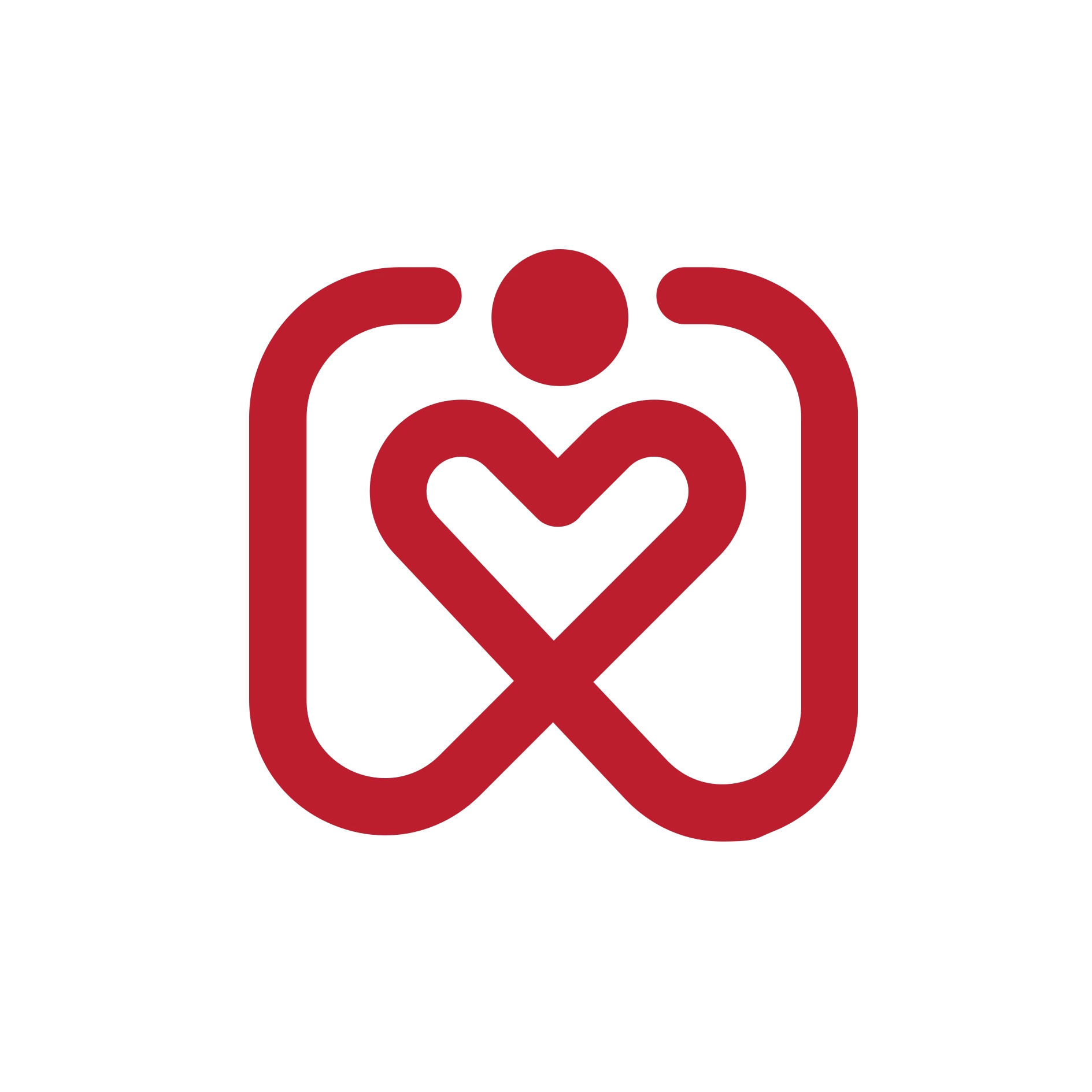Heart attacks are not just a “man’s disease.” In fact, cardiovascular disease is the leading cause of death in women worldwide, including in India. Yet, the early signs of a heart attack in women are often misunderstood, overlooked, or dismissed—even by women themselves.
Unlike the typical crushing chest pain seen in men, women often experience subtler and less dramatic symptoms. This difference in presentation leads to delayed diagnosis, delayed treatment, and unfortunately, poorer outcomes. In this blog, we’ll break down the early signs woman heart attack often begins with, what makes them different from men, and how you can protect yourself or a loved one by acting quickly.
Why Women’s Heart Attack Symptoms Are Different
Men and women both experience heart attacks when blood flow to the heart is blocked, usually by a clot or plaque buildup in the arteries. But due to hormonal differences, artery size, and the nature of blockages (especially coronary microvascular disease), women’s symptoms can be more vague and easily mistaken for other problems like anxiety, indigestion, or fatigue.
Contributing Factors to Different Symptoms:
- Smaller coronary arteries
- More plaque erosion than rupture
- Higher incidence of non-obstructive coronary artery disease
- Impact of estrogen, especially after menopause
Understanding these differences can help save lives. According to the CDC and American Heart Association, recognizing early warning signs and acting fast significantly improves survival rates.
Subtle Yet Serious: Early Signs of Heart Attack in Women
Women don’t always experience the classic symptom of chest pain. Instead, they may report discomfort in the back, jaw, or even stomach. These less typical symptoms can begin weeks or even months before the heart attack.
Common Early Symptoms to Watch Out For:
1. Unusual fatigue
- Constant tiredness without physical exertion
- Feeling drained even after a full night’s rest
- Sudden lack of energy during regular tasks
2. Sleep disturbances
- Trouble falling or staying asleep
- Waking up feeling anxious or restless
- Night sweats or frequent urination
3. Shortness of breath
- Difficulty breathing while lying flat
- Breathlessness during simple activities like climbing stairs
4. Indigestion or nausea
- Feeling full without eating
- Unexplained stomach discomfort or vomiting
- Burning sensation similar to acidity or gas
5. Jaw, neck, or back pain
- Discomfort that comes and goes
- Pain spreading from the chest to upper back or shoulders
- Pain that worsens with exertion and eases with rest
6. Anxiety or a sense of doom
- Unexplained feeling of dread or panic
- Increased heart rate or sweating without any reason
These signs are often dismissed as stress, gastric issues, or fatigue. But when they appear together or are persistent, they may indicate a heart problem.
Classic and Acute Signs Every Woman Should Know
When a heart attack is imminent or happening, the symptoms may become more intense and noticeable.
Classic Symptoms During a Heart Attack:
1. Chest discomfort or pain
- Pressure, tightness, or squeezing in the center of the chest
- Lasts more than a few minutes or goes away and comes back
2. Pain in upper body areas
- Arms, shoulders, neck, jaw, or upper back
- Can feel like an ache, numbness, or heaviness
3. Sudden shortness of breath
- Even without chest pain
- Can occur at rest or with minimal activity
4. Lightheadedness or fainting
- Dizziness accompanied by nausea or sweating
- Feeling like you’re going to black out
5. Cold sweat
- Unlike hot flashes, this comes on suddenly with other symptoms
If you or someone you know is experiencing these symptoms, call emergency services immediately. Delaying care can result in permanent heart damage.
Key Differences Between Men and Women’s Heart Attack Symptoms
Recognizing that women’s heart attack symptoms often deviate from the “Hollywood heart attack” portrayal is critical.
How Women’s Symptoms Differ:
- More likely to start with fatigue, nausea, and anxiety
- Chest pain may be absent or less severe
- Pain often in upper back, shoulders, or jaw
- Symptoms more likely to be misdiagnosed as anxiety or gastric problems
- Women more likely to arrive at hospital later than men
Many women delay seeking help because they don’t believe their symptoms are heart-related. Raising awareness is vital.
Who’s Most at Risk?
Certain health and lifestyle factors increase the risk of heart attack in women, especially after menopause.
Risk Factors Specific to Women:
- Postmenopausal status (estrogen levels drop, raising risk)
- Polycystic ovarian syndrome (PCOS)
- Autoimmune diseases (e.g., lupus, rheumatoid arthritis)
- Pregnancy complications (e.g., preeclampsia, gestational diabetes)
- Diabetes (greater impact on women’s heart health than men’s)
- Mental health conditions (depression and anxiety linked to higher risk)
Additionally, many risk factors overlap with men:
- High blood pressure
- Smoking
- High cholesterol
- Obesity
- Physical inactivity
- Family history of heart disease
You can read more about the lifestyle factors affecting your heart in our blog on 5 daily habits that harm your heart health.
What Should You Do if You Notice the Signs?
Don’t wait for classic chest pain. If you experience any unusual, persistent symptoms, especially if you have known risk factors than take them seriously.
What to Do:
- Call emergency medical services immediately (time = muscle)
- Chew an aspirin if advised by your doctor
- Don’t drive yourself to the hospital
- Keep a list of symptoms and your medical history ready
- Inform a family member or friend for support
Getting prompt treatment significantly improves outcomes. According to the National Heart, Lung, and Blood Institute (NHLBI), early intervention reduces the risk of long-term damage.
Prevention: Taking Charge of Your Heart Health
Women can greatly reduce their risk of heart attacks by making smart lifestyle choices and managing risk factors early.
Prevention Tips:
1. Schedule regular heart screenings
- Monitor blood pressure, cholesterol, and blood sugar
2. Eat a heart-healthy diet
- Focus on fiber-rich, low-salt, and omega-3 rich foods
3. Stay physically active
- Aim for at least 150 minutes of moderate exercise weekly
4. Manage stress effectively
- Meditation, yoga, and breathing exercises
5. Limit alcohol and avoid tobacco
Learn more about how your environment and habits affect your heart in our blog on Is Your Desk Job Harming Your Heart?.
FAQs About Signs of Heart Attack in Women
Q. Can women have a heart attack without chest pain?
Yes. Many women experience only fatigue, breathlessness, or nausea. These should not be ignored.
Q. How early can signs of heart attack appear in women?
Some symptoms like fatigue or sleep disturbance can appear weeks or months before an actual heart attack.
Q. Are younger women at risk too?
Yes, especially those with diabetes, high blood pressure, or autoimmune diseases. Pregnancy-related complications also increase the risk.
Q. How is a heart attack diagnosed in women?
Diagnosis includes ECG, blood tests, echocardiogram, and possibly an angiogram. Women with microvascular disease may need more specialized testing.
Q. Are heart attacks in women more fatal?
Yes, due to delayed diagnosis and treatment, outcomes can be worse in women. Awareness and timely action are key.
Final Thoughts: Know the Signs, Save a Life
Understanding the early signs woman heart attack begins with is essential not just for women but also for families, friends, and healthcare providers. Women’s symptoms are often different, and recognizing them early can mean the difference between life and death.
Don’t dismiss unexplained fatigue, breathlessness, or unusual pain. Trust your instincts and seek help when something doesn’t feel right. You know your body better than anyone else listen to it.



